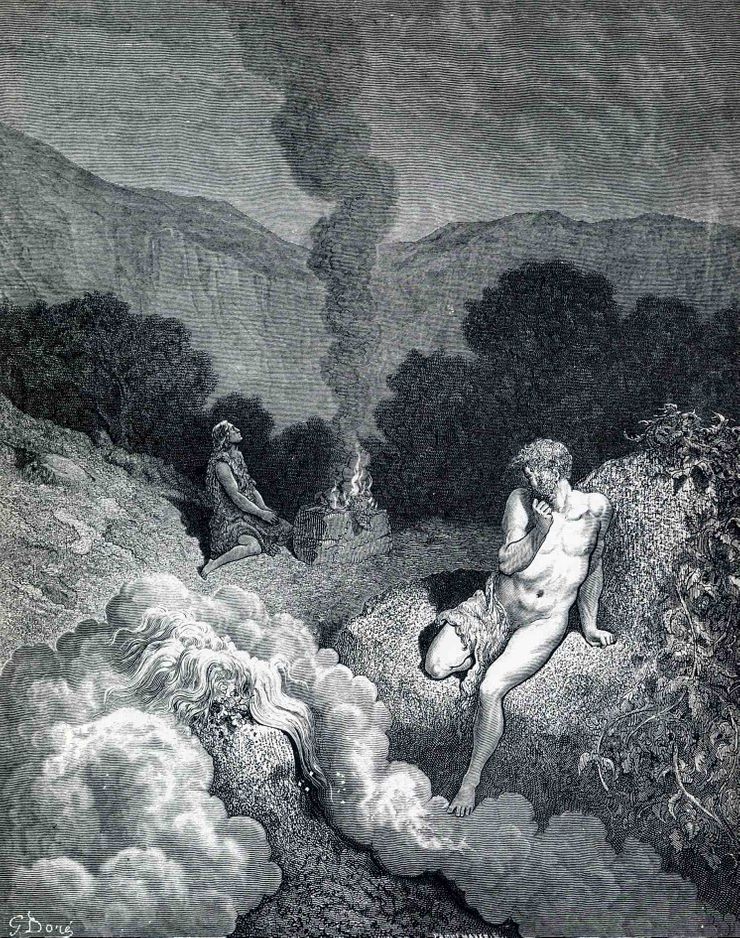
A recurring question posed to Creationists is some variation on how could the entire population of the world be descended from only two people? How could the descendants of Adam and Eve have so quickly established cities, nations, and civilizations? Where did all the people Cain was afraid would kill him come from?
I was recently challenged to look at the numbers for myself to determine if the Creationists’ math makes sense.
I quickly discovered there is no simple equation for population growth, so I started graphing and typing numbers into Excel using a small number of variables that seemed reasonable and very quickly established an exponential growth rate that easily explains the population boom---but looking back over my spreadsheet, I began to doubt my variables and realized that there were more of them than I was considering, many of which would limit the exponential growth pattern my spreadsheet indicated. Someone would have to write a computer program to account for them all.
Looking online, I found someone who had written just such a program, and even using what I think are extremely low estimates they achieved results that agreed with the Creationist framework.
***
From perusing the various links that came up when I googled the issue, I got a broad picture of both sides of the argument. In general, the argument flows like this:
1) Creationists point out that if the children of Adam and Eve reproduced exponentially at the same rate the world’s population is increasing today, they could have very quickly achieved population numbers that conform to the Creationist framework. This would allow the appearance of enough people to form nations and cities in a very short amount of time --- time enough for the Genesis narrative.
2) Skeptics point out that the rules for population growth are different for small isolated groups of people than for large groups of people. According to modern studies, the population numbers of small isolated communities do not increase exponentially, but tend to remain relatively stagnant, so the early population boom required by Creationism is implausible.
3) The Creationists point out there were probably other factors and variables at play in ancient times that modern studies do not take into consideration, such as increased health and fertility, extended lifespan, extended child-bearing years, better nutrition, less degradation of the human genome, and a vast abundance of previously unoccupied territory into which excess population could relocate. This could tilt the scales and allow the sort of exponential growth necessary for the Creationist historical framework. [The computer model I mentioned earlier took some of these factors and variables into consideration.]
In other words, the mathematical plausibility of the Creationist model for population growth in ancient times depends on whether early man could quickly achieve an exponential rate of growth.
If you take uniformitarian assumptions for granted, the Creationist model appears ridiculous. However, if you assume certain non-uniformitarian conditions, exponential growth is quickly achievable and the Creationist model becomes plausible.
***
This fall outside the scope of this blog post, but I believe there is good reason to doubt uniformitarian assumptions about our ancient history.
As far as I can follow it, the math for the Creationist model appears plausible. Not being an expert, I am open to correction, however.
References:





